Light physical activity mitigates against heart disease
Light physical activity mitigates against heart disease; gardening, housework and general busyness all contribute to wellness.
Inexpensive high caloric refined foods have become freely available since the arrival of the so-called industrial diet. Salted snacks, energy drinks and sweet treats are today this new norm. Moreover, children have been targeted with advertising by companies because of the high profit margins associated with these products.
These pro-inflammatory foods have been strongly associated with obesity in children and cardiovascular disease later in life. To measure this effect researchers have designed the cDII tool.
The Children's Dietary Inflammatory Index enabled them to show clearly that a high reading is strongly associated with raised C-reactive protein concentrations.
That means high "end-stage inflammation."
Light physical activity mitigates against this noxious process; the benefit is less negated by obesity than more vigorous exercise.

Sedentary time
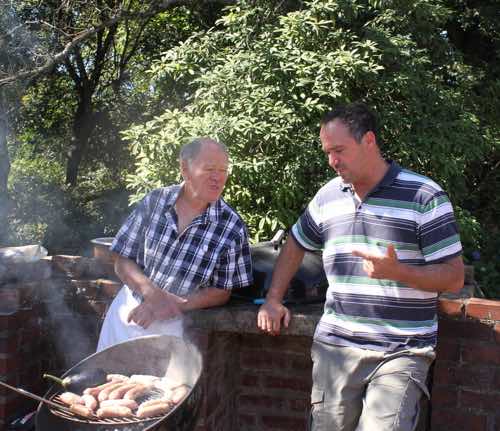
Concerned about the influence of these pro-inflammatory foods on children's cardiometabolic health, researchers sought to find out how physical activity affects this process.
Simultaneously long hours of schooling, homework and screen time have all forced children into a sedentary existence. Does light physical activity mitigate against the influence of these twin killers, as do moderate and vigorous exercises?
We have long been advised to do at least 2 to 3 hours each week of moderate exercise such as walking; or better still a vigorous sport like playing tennis. But what about light activities such as hanging up the washing or planting some spinach seed?
"Light physical activity appears to be the key to almost universal success regarding health."
- Dr A Agbaje
In a recent study[1] published in the European Journal of Nutrition, researchers followed 800 Finnish children from 11 to 24 years of age. The aim was to see what mediating affect light physical activity, moderate and vigorous exercise had on inflammation in sedentary kids; as measured by C-reactive protein.
What was partly surprising was that Finnish children did in fact continue to enjoy moderate and vigorous activity as they grew older.
- Sedentary activity like sitting and sleeping increased by about 3 hours per day.
- Light physical activity like walking decreased by over 3 hours per day.
- But moderate and vigorous exercise actually increased.
- Yet inflammatory scores doubled in males and tripled in girls.
The increase in sedentary activity had a profoundly negative influence on generalised inflammation; but it was not greatly mitigated against by vigorous exercise.
A sedentary existence in children is powerfully linked to increased inflammatory markers. But unexpectedly any and all busyness is associated with lower CRP scores; even light physical activity.
Fat mass
"There is an alarming increase in rates of obesity in youth. Overall it's 42% of the country; and now in adolescence, the prevalence is about 22 percent.
That means a great deal of patient suffering, social costs and morbidity; and mortality."
- Prof Tim Garvey, director Diabetes Research Centre, University of Alabama
But the beneficial effect of moderate and vigorous exercise was up to 77% less effective, the greater the fat mass of the children.
However the beneficial effect of light physical activity was only 30% less effective in obese children in reducing generalised inflammation.
Conclusions
Their conclusions were that sedentary time clearly worsens inflammatory scores; but light physical activity had a 2-fold lowering effect on CRP measures.
Fat mass greatly reduces the beneficial influence of moderate and vigorous exercise on inflammatory scores.
But the beneficial effect of increased light physical activity was much less negated in overweight children.
There would be greater benefit in encouraging obese children to get involved in light physical activity than more vigorous exercise.
Swimming and cycling
There remain strong reasons why we all, and especially young people need to be involved in more vigorous activity. It is clearly associated with lower levels of plaque in the blood vessels in years to come.
Obese children are simply unable to run, skip and jump like their lighter companions; their knees and feet in particularly simply cannot handle the extra stress on the cartilage lining the joints. They should rather be encouraged to get their moderate and vigorous exercise on bicycles and in swimming pools.
If they don't then pain, pills and poor health will dog their footsteps for all of their lives; the research is unequivocal.
Light physical activity mitigates against heart disease
Planting seeds and weeding would be included in the light physical activity that mitigates against heart disease; but digging over garden-beds and barrowing loads of compost would certainly be deemed moderate and even vigorous exercise.
It is noteworthy that in the five Blue Zones of the world where longevity is the norm, both men and the ladies garden and enjoying cooking; and eating the food they have grown.
There are no old age homes; they walk and cycle rather than using the car whenever possible.
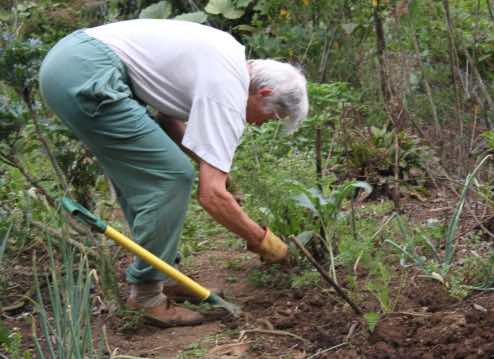
In all five of the Blue Zones they independently grow and eat broad beans, also known as favas; they are the only common natural source of dopamine, the happy hormone.
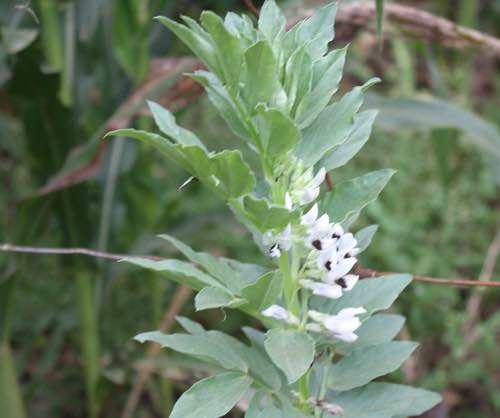
Light physical activity also mitigates against heart disease.
You are most unlikely to find fava beans in the grocery store; you have to grow them yourself to escape the ravages of Parkinson's Disease. Growing these legumes would be a light physical activity that gives a double benefit.
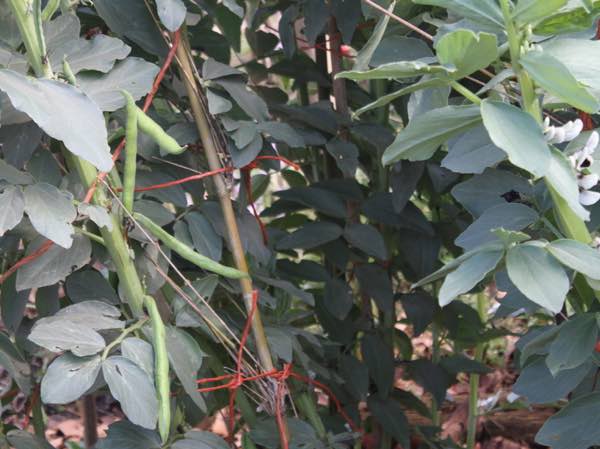
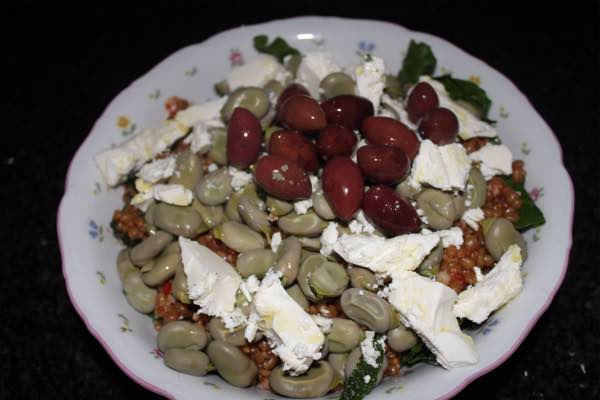
A fava salad like this is strongly anti-inflammatory; it has a very low glycemic index. The light physical activity of growing the beans coupled with the olive oil mitigate against heart disease.
They are quite chewy being high in fibre. A common practice thus is to skin them; it raises the GI alarmingly. They then cease to be a healthy alternative to red meat and would more likely contribute to heart disease.
There are many ways to lower blood pressure naturally over and above light physical activity; like isometric knee exercises for example.
- Longitudinal Mediating Effect of Fat Mass and Lipids on Sedentary Time, Light PA, and MVPA with Inflammation in Youth
- The inflammatory potential of the diet in childhood is associated with cardiometabolic risk in adolescence and young adulthood
- Design, Development and Construct Validation of the Children’s Dietary Inflammatory Index
- Blue Zone longevity
When browsing these links use right click and "Open Link in New Tab", or you may get a bad gateway signal.
- Home
- Physical activity
Did you find this page useful? Then perhaps forward it to a suffering friend. Better still, Tweet or Face Book it.

